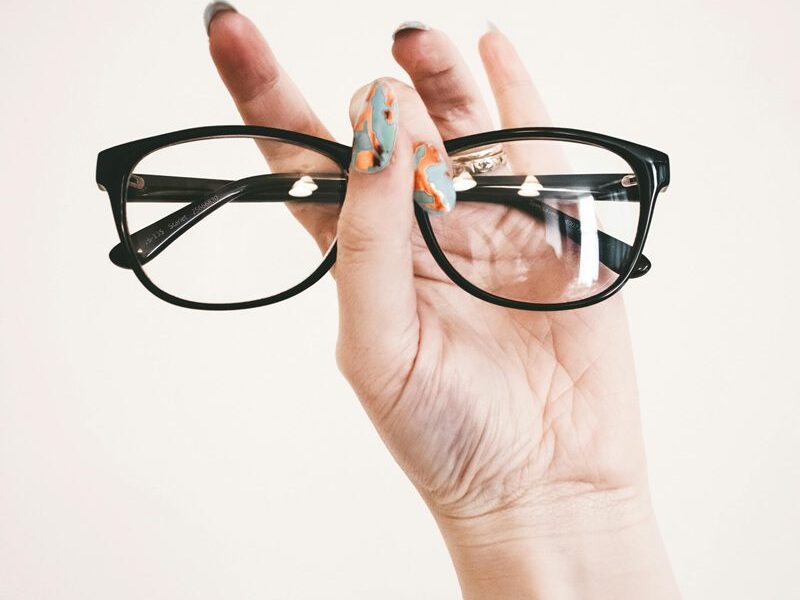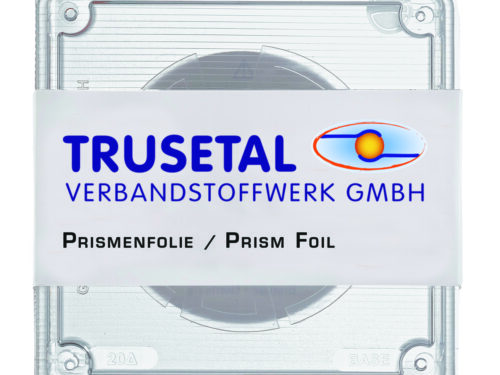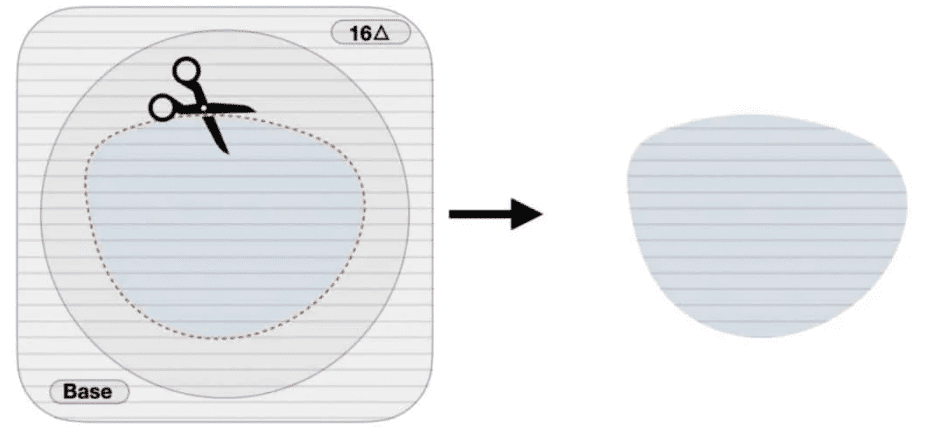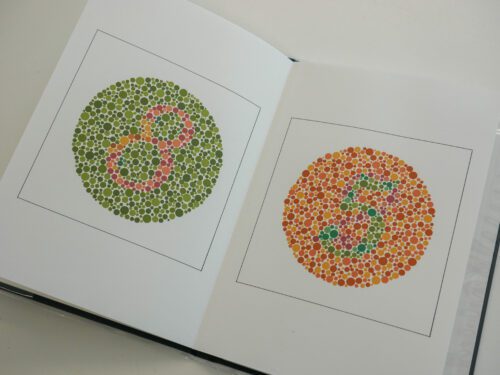
In optics and ophthalmology, various types of self-adhesive foils are applied to eyeglass lenses to influence or correct vision. Two commonly used options are the Bangerter occlusion foil and the Fresnel prism foil. Although they may look similar, they serve very different purposes.
Bangerter Occlusion Foil – to Suppress Vision
Bangerter occlusion foils are translucent foils that are applied to one lens to reduce vision in one eye. They are primarily used in the treatment of:
- Amblyopia (lazy eye) in children
- Diplopia (double vision)
- Visual rehabilitation support
The level of blur varies: Bangerter foils come in different strengths (e.g., 0.1 to 1.0), where lower values cause stronger visual suppression. The foil creates a soft, progressive blur and is usually matte and semi-transparent.
👉 Purpose: To reduce visual input to one eye
👉 Effect: Blurred vision, depending on strength
👉 Application: Temporary, easy to apply and remove
Want to order an occlusion foil?
👉 Bangerter Foil – Occlusion Foil
Fresnel Prism Foil – to Bend Light
The Fresnel prism foil has a completely different function. It features horizontal ridges and is used to bend light so that the image is correctly projected onto the retina. This is particularly useful for:
- Strabismus (eye misalignment)
- Diplopia (double vision)
- Nystagmus or other eye movement disorders
The foil includes a correction in prism diopters (e.g., 4Δ base out) and changes the optical direction of vision without requiring the eye to move. This helps eliminate double vision or adjust the visual field.
👉 Purpose: To redirect light and correct eye alignment or diplopia
👉 Effect: Image shift without blur
👉 Application: Temporary, e.g., during prism trials or while awaiting custom prism lenses
Want to order a prism foil?
👉 Fresnel Prism Foil
Summary
| Feature | Bangerter Occlusion Foil | Fresnel Prism Foil |
|---|---|---|
| Purpose | Blur vision | Redirect light |
| Use cases | Amblyopia, diplopia, rehabilitation | Strabismus, diplopia, nystagmus |
| Effect on vision | Blurred image (depending on strength) | Image shift without blurring |
| Appearance | Matte, translucent | Clear with ribbed structure |
| Function | Suppresses dominant eye | Prism effect – optical light refraction |
💡 Tip: Both foils are easy to apply to lenses and suitable for temporary use. It is important to choose the right foil for the intended purpose. If you are unsure which type is appropriate, consult your ophthalmologist or optometrist for advice.



